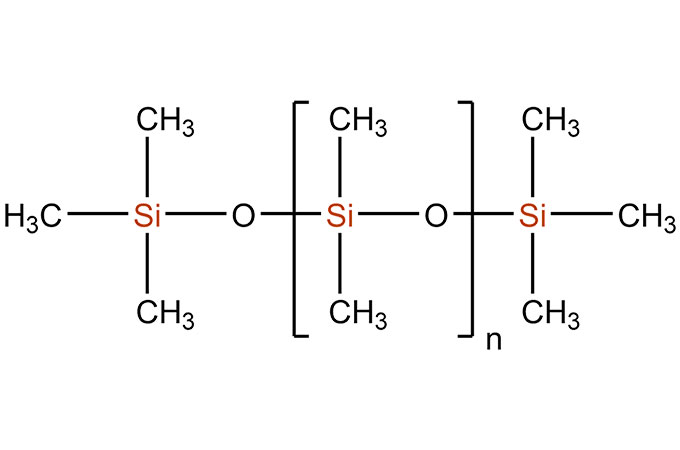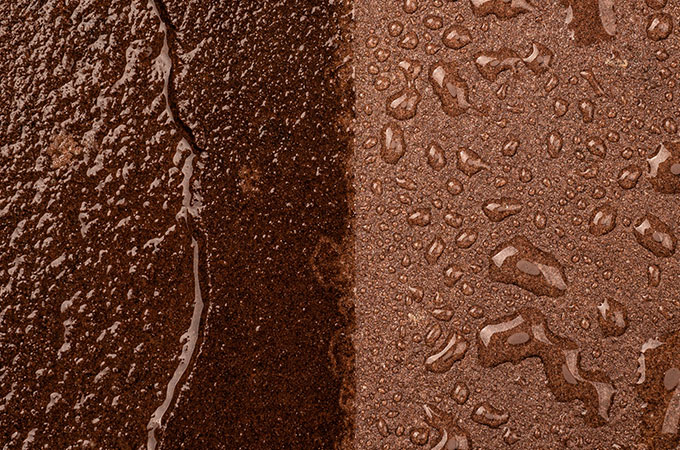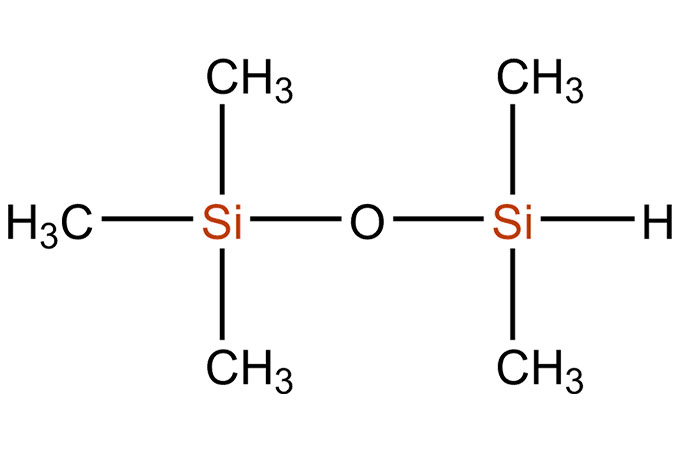Coupling agent is an important treatment agent with increasingly wide application fields, mainly used as an auxiliary agent for polymer composite materials.
1. The characteristics of the molecular structure of the coupling agent
There are two groups with different chemical properties in the molecule, one is an inorganic group that is easy to chemically react with the surface of inorganic substances; the other is an organic group that can chemically react with synthetic resins or other polymers Or generate hydrogen bonds and dissolve in it. Therefore, coupling agents are called "molecular bridges" to improve the interface between inorganic and organic substances, thereby greatly improving the performance of composite materials such as physical properties, electrical properties, thermal properties, optical properties, etc.
2. The role of coupling agent
The coupling agent used in the rubber industry can improve the wear resistance and aging resistance of tires, rubber sheets, rubber hoses, rubber shoes and other products, and can reduce the amount of NR to reduce costs.
3. Types of coupling agents
There are many types of coupling agents, mainly silane coupling agents, titanate coupling agents, aluminate coupling agents, bimetallic coupling agents, phosphate coupling agents, borate coupling agents, chromium complex coupling agents for substances and other higher fatty acids, alcohols, esters, etc. At present, silane coupling agents and titanate coupling agents are widely used.
4. Silane coupling agent
The general formula of the silane coupling agent is RNSIX(4-N), where R is a non-hydrolyzable organic functional group that can be combined with a polymer. According to the different properties of polymers, R should have a strong affinity or reactivity with polymer molecules, such as methyl, vinyl, amino, epoxy, mercapto, acryloyloxypropyl, etc.
X is a hydrolyzable group, which can be decomposed when encountering aqueous solution, moisture in the air or moisture adsorbed on the surface of inorganic substances, and has good reactivity with the surface of inorganic substances.
Typical X groups include alkoxy, aryloxy, acyl, chlorine, etc.; more commonly used are methoxy and ethoxy, which generate methanol and ethanol by-products in the coupling reaction, respectively. Chlorosilanes should be used sparingly due to the formation of a corrosive by-product, hydrogen chloride, in the coupling reaction.
Since the silane coupling agent has these two types of chemical groups in the molecule, it can not only react with the hydroxyl group in the inorganic substance but also interact with the long molecular chain in the organic substance to achieve coupling effect. Its mechanism of action is roughly divided into the following three steps:
(1) The X group is hydrolyzed into a hydroxyl group;
(2) The hydroxyl group and the hydroxyl group present on the surface of the inorganic substance form a hydrogen bond or dehydrate into an ether bond;
(3) The R group is combined with organic matter.
 English
English 日本語
日本語 한국어
한국어 français
français Deutsch
Deutsch Español
Español italiano
italiano русский
русский português
português العربية
العربية tiếng việt
tiếng việt


